In a move that has sent shockwaves through the nation’s public health and scientific communities, the Trump administration has initiated widespread layoffs across several key federal health agencies. Among those most affected are the Centers for Disease Control and Prevention (CDC), the Department of Health and Human Services (HHS), and the Food and Drug Administration (FDA). Experts warn that these cuts could significantly hamper the nation’s ability to respond to public health emergencies and conduct critical research.
Scope of the Layoffs
Reports indicate that thousands of employees across multiple departments received termination notices. Within the CDC, teams such as the Epidemic Intelligence Service, the Morbidity and Mortality Weekly Report unit, and the National Center for Injury Prevention and Control were particularly impacted. Similarly, reductions at the FDA and HHS affected programs vital to regulatory oversight, disease prevention, and scientific research.
Some notices were later rescinded after administrative errors were discovered, but the overall scale of the layoffs has created widespread uncertainty among staff.
Political and Legal Implications
Critics argue that the layoffs may be politically motivated, targeting agencies perceived as aligned with policies opposed by the current administration. Labor organizations representing federal employees have announced plans to pursue legal challenges, claiming that the mass firings violate labor protections and undermine the integrity of essential public health functions.
These legal disputes may delay or alter some of the layoffs, but they also highlight the broader tensions between political priorities and the autonomy of scientific agencies.
Impact on Public Health and Research
Public health experts warn that the staffing reductions will have serious consequences for both routine and emergency operations. Potential impacts include:
- Reduced capacity for disease surveillance and outbreak investigation.
- Delays in research initiatives critical to understanding emerging health threats.
- Increased strain on remaining staff, potentially leading to burnout and operational inefficiencies.
- Threats to scientific integrity, as consolidations and restructurings may influence research priorities and decision-making.
With the United States still facing ongoing infectious disease challenges, from seasonal flu to emerging pathogens, these cuts could leave critical gaps in preparedness and response.
Looking Ahead
As the government navigates ongoing administrative and budgetary shifts, the future of federal public health infrastructure remains uncertain. Further layoffs or reorganizations are possible, and experts warn that long-term impacts on public health capacity could persist for years.
Healthcare professionals and policymakers are calling for a careful balance between administrative efficiency and the preservation of scientific expertise, emphasizing that protecting the nation’s health infrastructure is essential to safeguarding public safety.

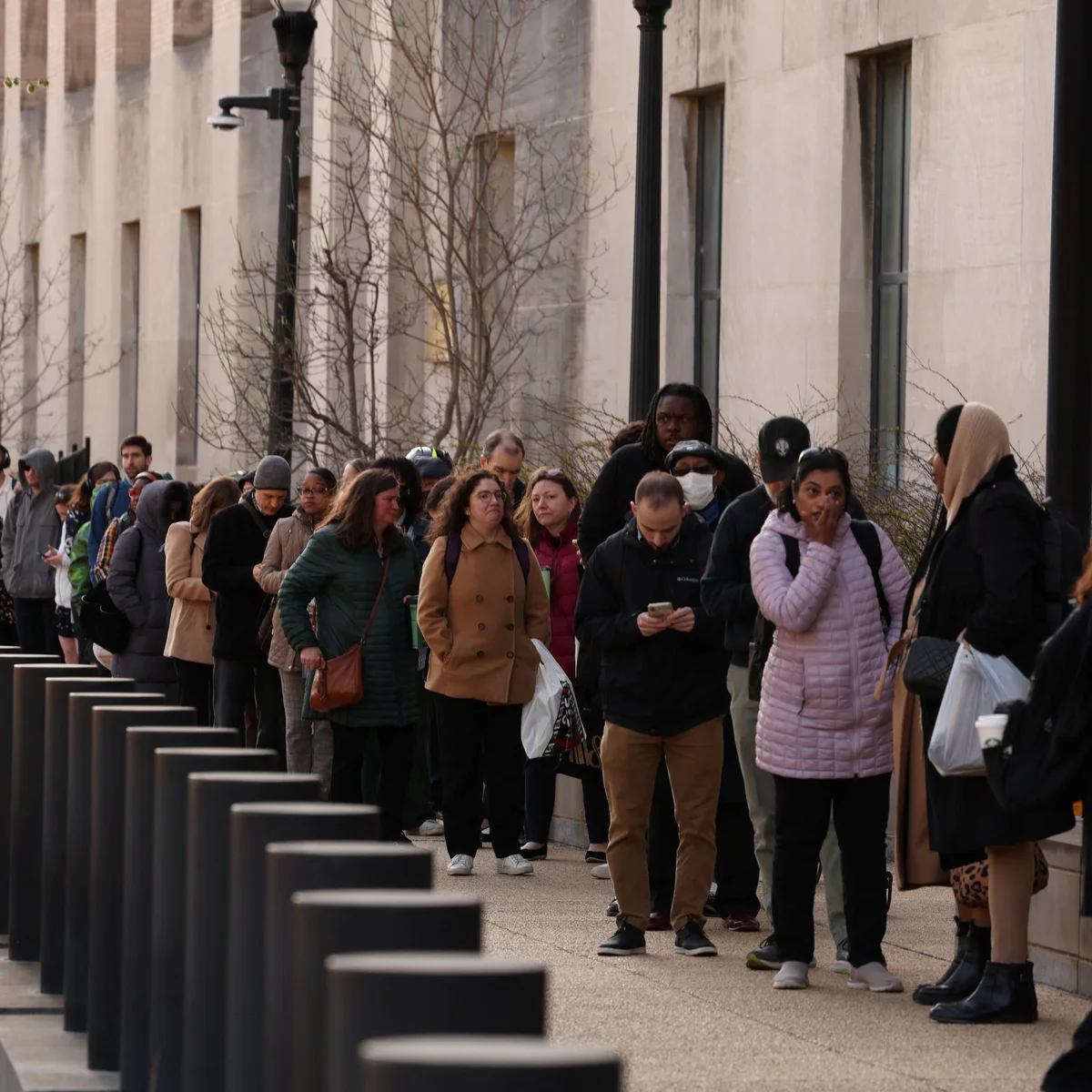




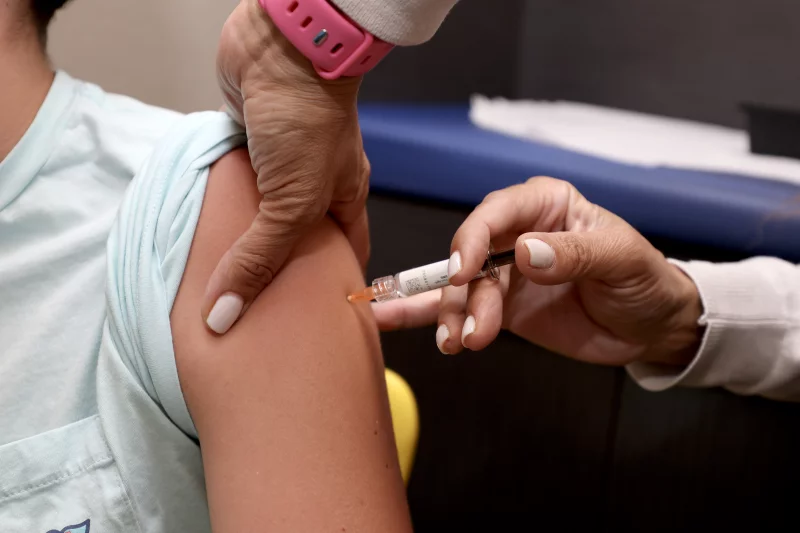
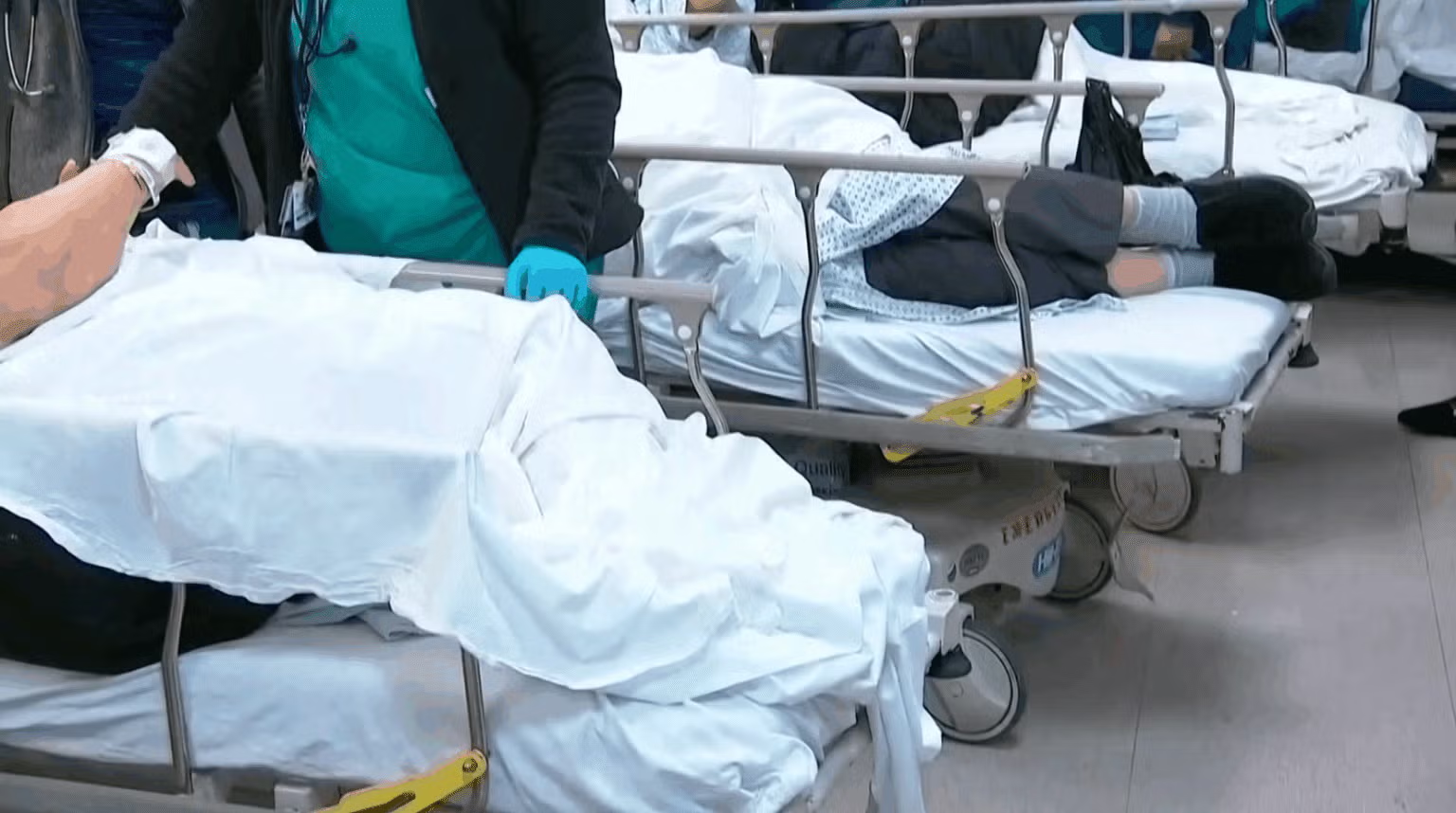

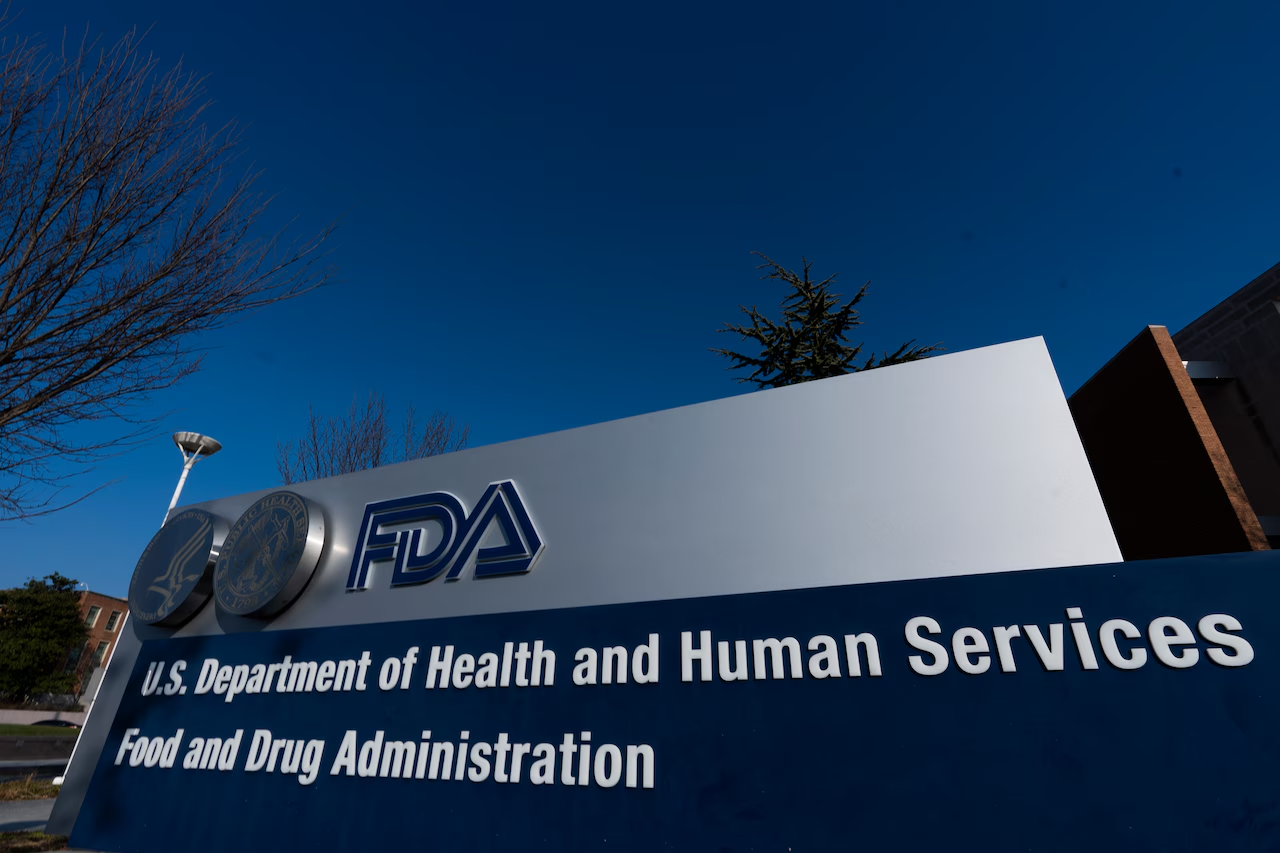
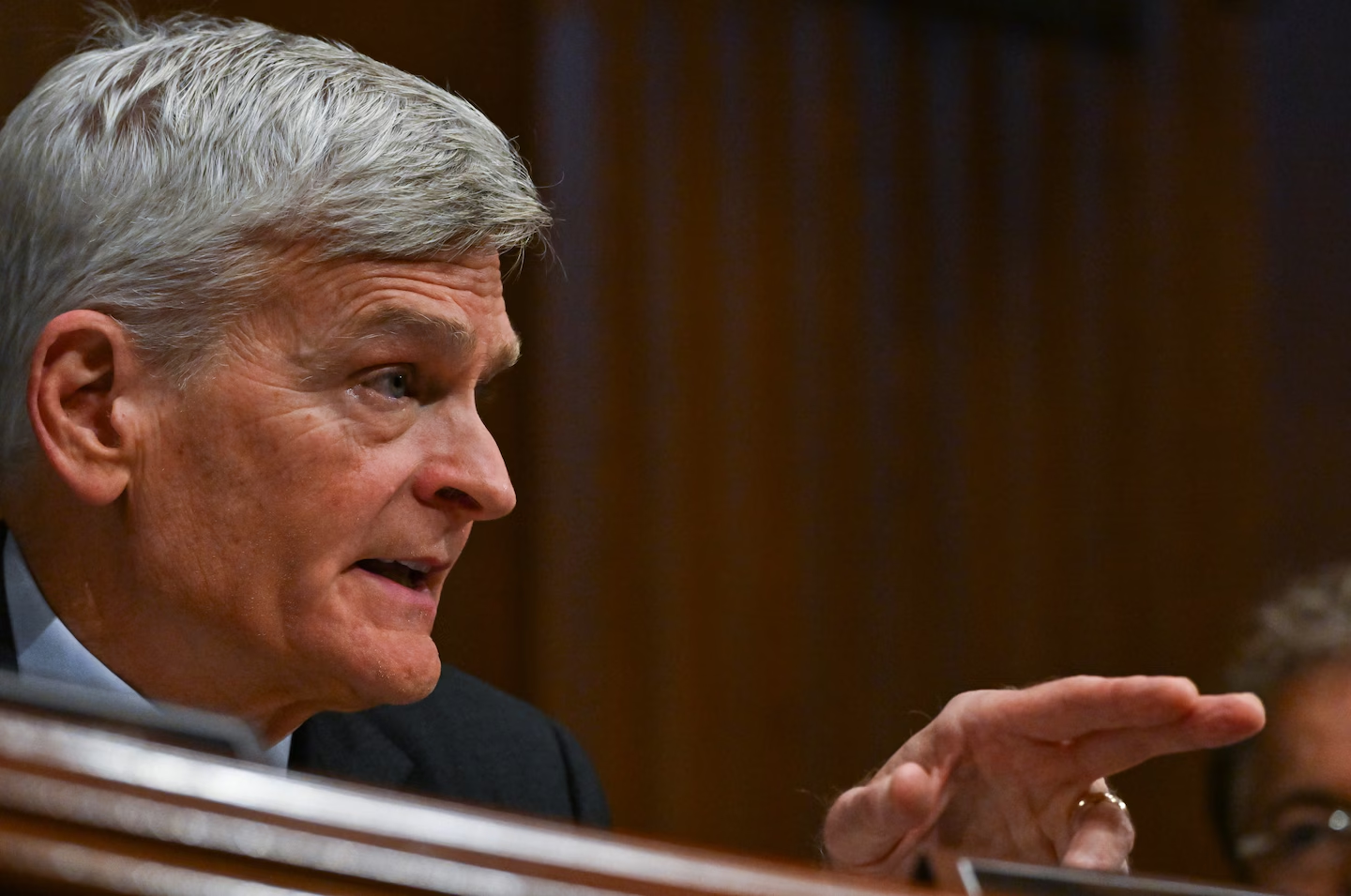

Leave a Reply